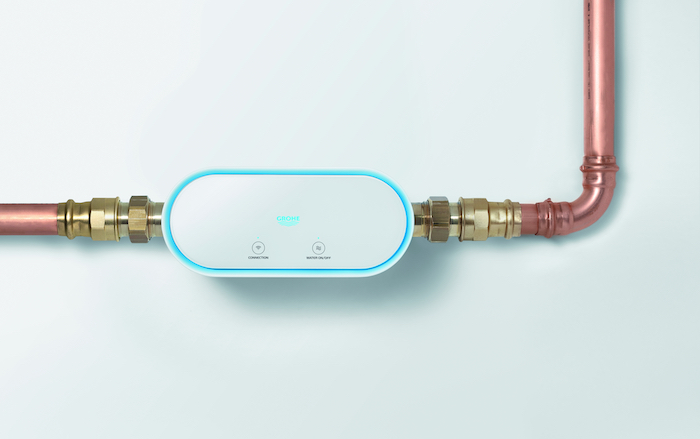Did you know there is a specification for water leak detection products that protects your customers’ home or business from damage caused by leaking pipes, failed flexible connectors and overflowing toilets?
These systems are installed on the incoming water line to the home, after the water meter and pressure regulator. They are known as whole house water leak detection systems, and the specification governing their installation and usage is IAPMO Guide Criteria (IGC) 349, Electronic Plumbing Supply System Integrity Protection Devices.

IGCs are standards developed by IAPMO, often at the request of a manufacturer, specifically for products that have not previously been covered by any existing standard.
As part of satisfying the provisions of IAPMO IGC 349, water leak detection systems must go through several tests that include, but are not limited to:
- Toxicity testing to ensure the device is safe for drinking water
- Electrical testing or review
- Pressure testing to ensure the device will not leak once it shuts off water
- Flow capacity testing to ensure the device does not restrict the flow of water to fixtures when the valve is open
- Life cycle testing to ensure it can be reset after each occurrence of water leakage
- Leak detection testing to ensure that even micro-leaks are detected.
All of these tests recreate in a laboratory environment what this product will go through during its expected lifespan.
Many of these devices come with smart phone applications that allow the homeowner to monitor remotely and receive an alert when excessive water flow is detected. Furthermore, some insurance companies offer discounts on their homeowner’s insurance policies if these devices are installed.
New products and technologies often surge ahead faster than existing standards can keep pace. To address this, IAPMO works with industry to provide an opportunity for the development of new standards when no applicable standard exists for a product. Through the IAPMO Guide Criteria procedures, IAPMO provides manufacturers and product developers an opportunity to draft IAPMO standards as a vehicle for introducing new products. Once an IGC is accepted, IAPMO R&T can list products manufactured in compliance with the new requirements.
The manufacturers of leak detection devices affix the UPC shield upon their products to demonstrate to both consumers and plumbing inspectors that they have been tested and comply with the unique standard and plumbing code requirements. The UPC shield mark of conformity is only available from the most trusted name in the plumbing industry, IAPMO Research and Testing, Inc.
Donna Estrada is the Senior Vice President of IAPMO R&T Lab, located in Ontario, Calif. Estrada has worked for laboratories for nearly 40 years, helping manufacturers in testing and certifying their products in the United States, Canada and Mexico.



